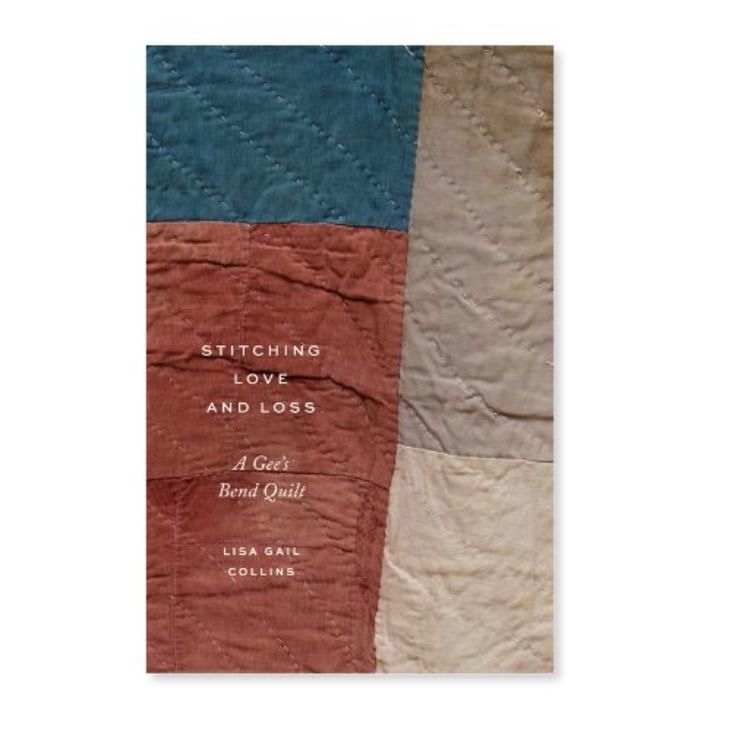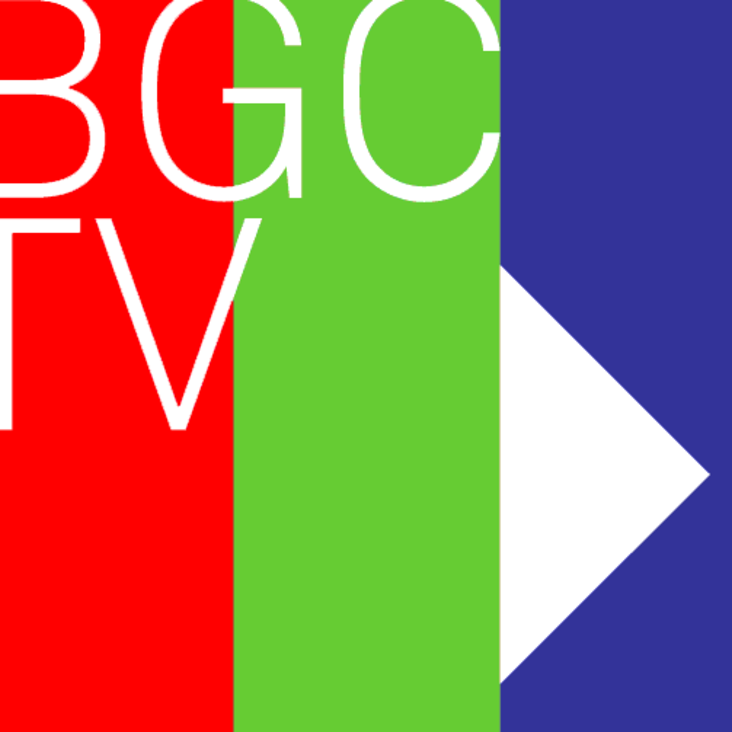Bard Graduate Center is a research institute for advanced, interdisciplinary study of diverse material worlds. We support the innovative scholarship of our faculty and students as well as resident fellows, guest curators and artists, and visiting speakers.

Our Public Humanities + Research department focuses on making scholarly work widely available and accessible through the coordination of the fellowship program and public programming that combines academic research with exhibition-related events. Across the institution—from the classroom to the gallery, from publications to this website—we utilize digital media to facilitate and share original research. This section outlines current programming and provides a repository for past scholarly content.
















